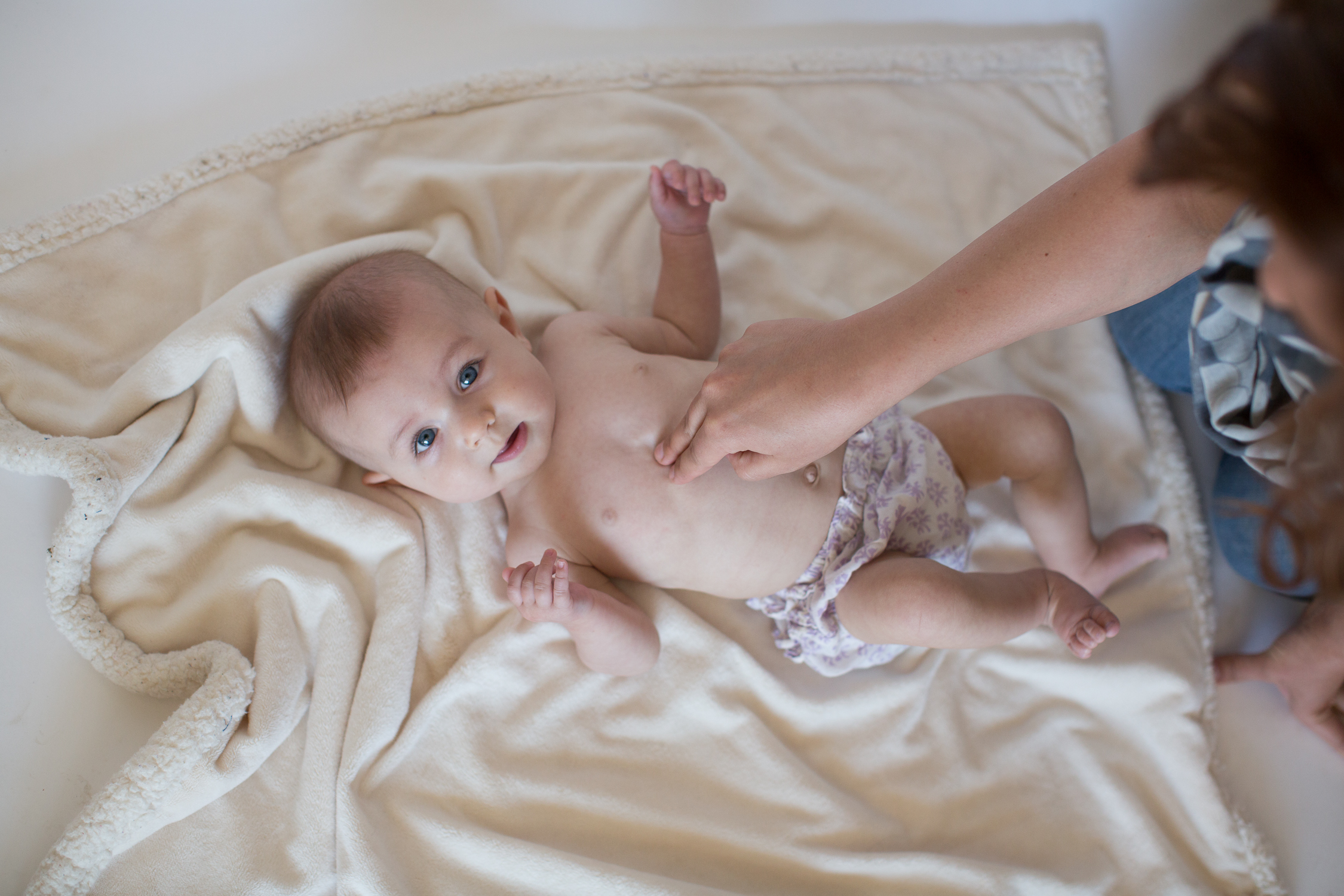It’s a situation no one wants to be in. You’re watching over an infant when suddenly, for some reason, the baby becomes unresponsive. What do you do next?
Hopefully, you’ve taken a CPR certification course that has prepared you for this moment. A certification course, like those offered through InfantCPR.com, can train you on when and how to perform CPR on an infant, so you can be ready for any emergency situation that may arise.
Time is of the essence in these cases, so it’s crucial that you know when to start performing CPR on an infant that needs it. Today, we’re covering this information along with some of the other things you should know to respond quickly and effectively.
When is it necessary to perform CPR on an infant?
First, check for responsiveness in the baby. Do this by firmly tapping the baby on the foot and calling out the baby’s name. Do not shake the baby to try to wake them up; shaking a baby can result in brain damage.
When should you start CPR on an infant?
If the infant does not respond to your attempts, it’s time to start CPR. One thing that is important to note here is that you should start CPR immediately once you determine that it is necessary. If you are alone with the infant, you should start CPR rather than calling 911 first. (This is in contrast to CPR for adults, during which you should call 911 first and then start CPR). Immediate CPR can make a significant difference in survival odds for a fragile infant. If there’s another person with you and the infant, one of you should call 911 while the other starts CPR immediately.
How do I perform CPR on an infant?
After checking for responsiveness, begin performing chest compressions. Place the baby on a hard, flat surface. Placing two fingers in the center of the chest, just below the nipple line, push down gently (about an inch-and-a-half depth) 30 times. Push at a steady, quick pace; one way to find the right tempo is to perform the compressions to the beat of the song “Staying Alive.”
Next, open the airway by tilting the baby’s head back slightly. It is easy to tilt a baby’s head back too far, which would negatively impact the effectiveness of the rescue breaths. You should only tilt the baby’s head back far enough to be in a “sniffing” position, as if he/she is sniffing the air.
Once the head is slightly tilted back, you can perform rescue breaths. To do this, cover the baby’s mouth and nose with your own mouth. To be clear, this is not how you would perform CPR on an adult or older child; in those cases, you pinch the nose shut with your fingers while covering the mouth with your own. Because you’re unable to do this with an infant, however, use your mouth to create a tight seal over the baby’s nose and mouth. From there, give two gentle rescue breaths. Don’t use the full strength of your lungs to give the breaths; instead, fill your cheeks with air and use that for the rescue breaths.
After this, check again for responsiveness. Perform 30 more chest compressions and 2 more rescue breaths. Repeat.
When should I stop performing CPR on an infant?
After performing 5 sets of compressions and rescue breaths (using the 30:2 ratio), stop performing CPR just long enough to call 911 for help. When you can, start performing CPR again, and continue to do so until the baby becomes responsive or help arrives.
If the baby does become responsive before help arrives, and appears to be breathing normally, you can stop performing CPR, but you should stay with the baby and carefully monitor him/her until emergency services come to help.
These basics can be useful, or even life-saving, if you are not yet trained in CPR. However, infant CPR certification is the surest way to be fully prepared for an emergency situation.
Infant CPR’s certification courses are age-specific, meaning you can receive comprehensive CPR training for infants, older children, adults, or all age groups. Our certification courses also offer choking relief training, so you can feel confident in other emergency situations as well. Once you sign up for one of our courses, you’ll have unlimited access to the material, so you can brush up on the information whenever necessary.



